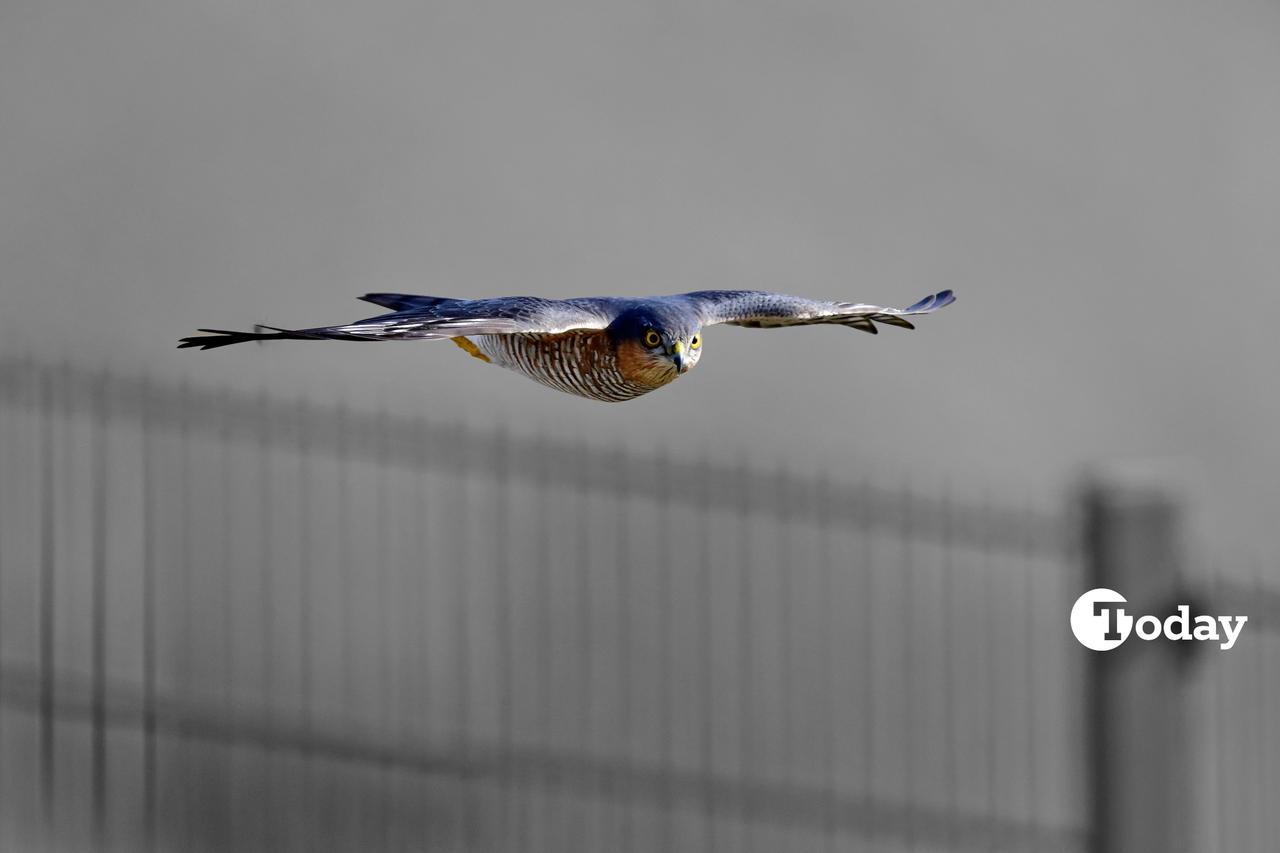
In Türkiye’s Eastern Black Sea, carrying a proud, elegant sparrowhawk on one’s arm is more than sport; it is a living tradition that ties local identity to the rhythm of migration and the patience of careful training.
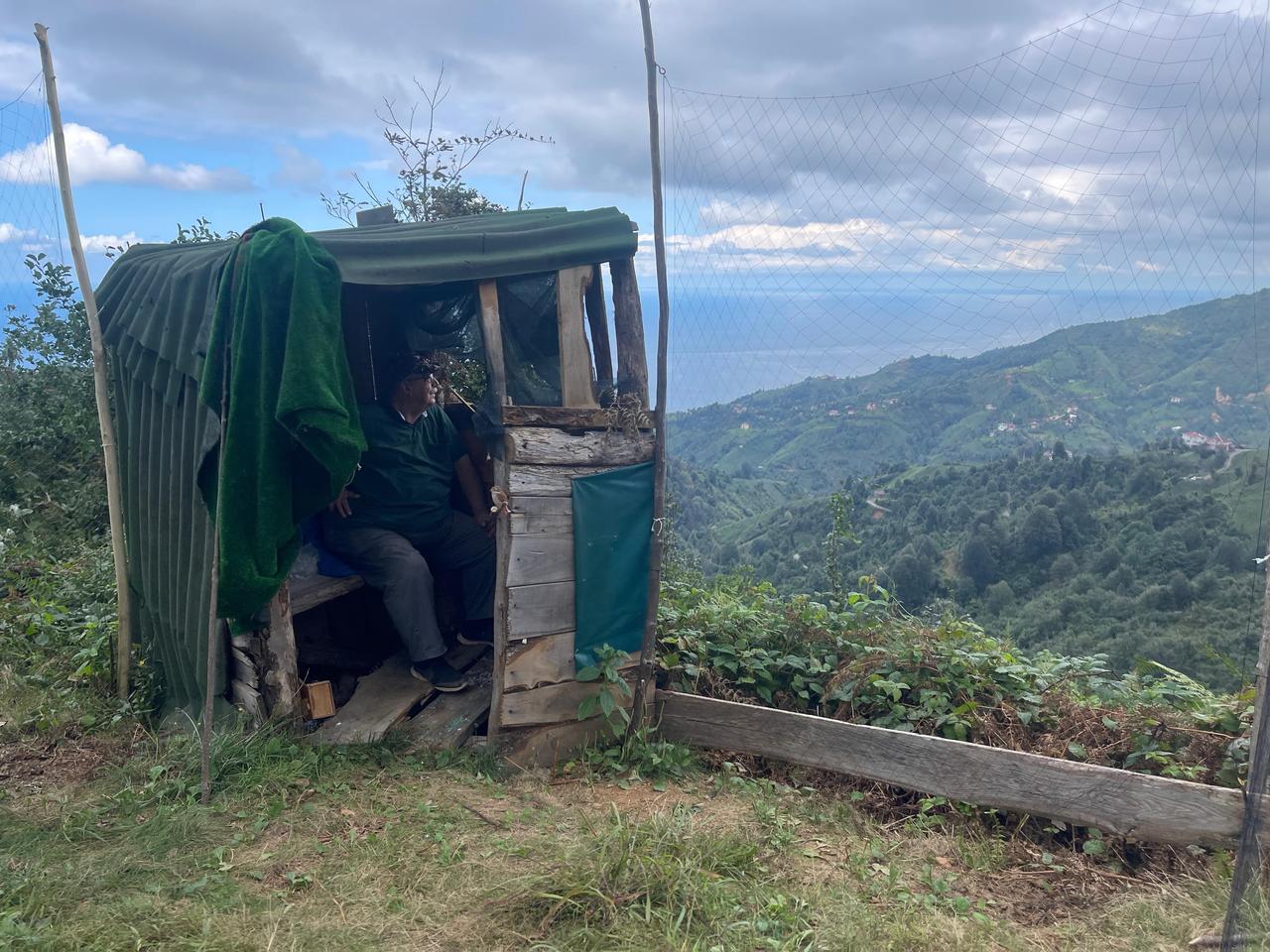
Atmacacilik—sparrowhawk falconry or sparrowhawking—follows the late-summer to mid-autumn passage of birds along the coast. As quail and other small birds come down to rest on the flats, sparrowhawks (called “atmaca” in Turkish) also move through the region, and practitioners work with the season rather than against it.
Once the quail passage ends at the close of October, the partnership between falconer and bird ends as well, and both the sparrowhawk and the lure bird are released to continue their journeys.
Falconers set up a simple hide in the woods—locally called a “gume” or “cerge”—where passing hawks can see a lure bird from above.
The capture method begins by catching a mole cricket (“danaburnu”), which is placed inside a wire-door cage known as a “ragi” to attract a red-backed shrike (Lanius collurio).
The shrike, later tethered to a light rod behind a fine net, flutters just enough to draw a low-flying sparrowhawk toward the net. The net folds gently at impact, and the hawk is removed without harm.
Terms such as ragi (the cage trap), gume/cerge (the hide), and the use of a red-backed shrike as a live lure come directly from local practice.
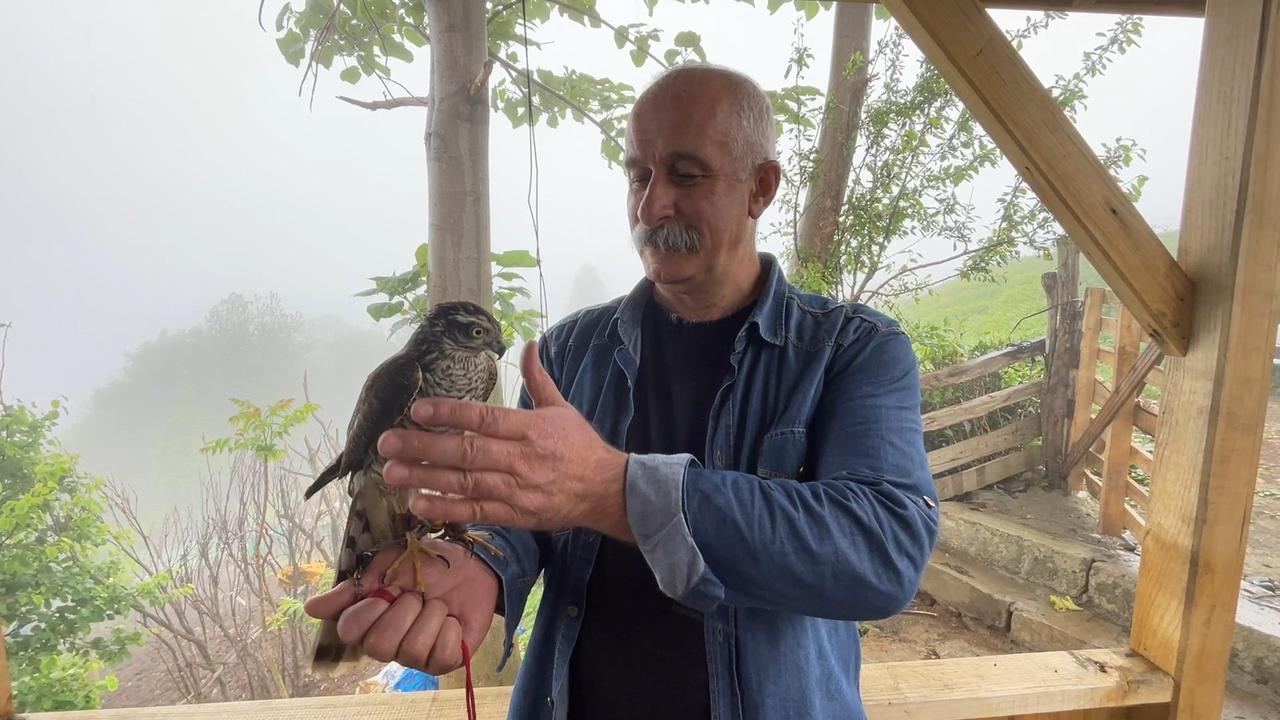
Masters prefer young females because they tend to train more readily and take larger quail.
Training stays short and careful: the bird is perched on a light rod, handled calmly, and fed small pieces of meat while its upper field of view is partly covered so it does not startle at movement above.
If a bird’s temperament suggests it will not take to the work, it is returned to the wild without delay.
At season’s end, the sparrowhawk falconer releases both the sparrowhawk and the red-backed shrike, keeping faith with the migration that sustains the tradition.
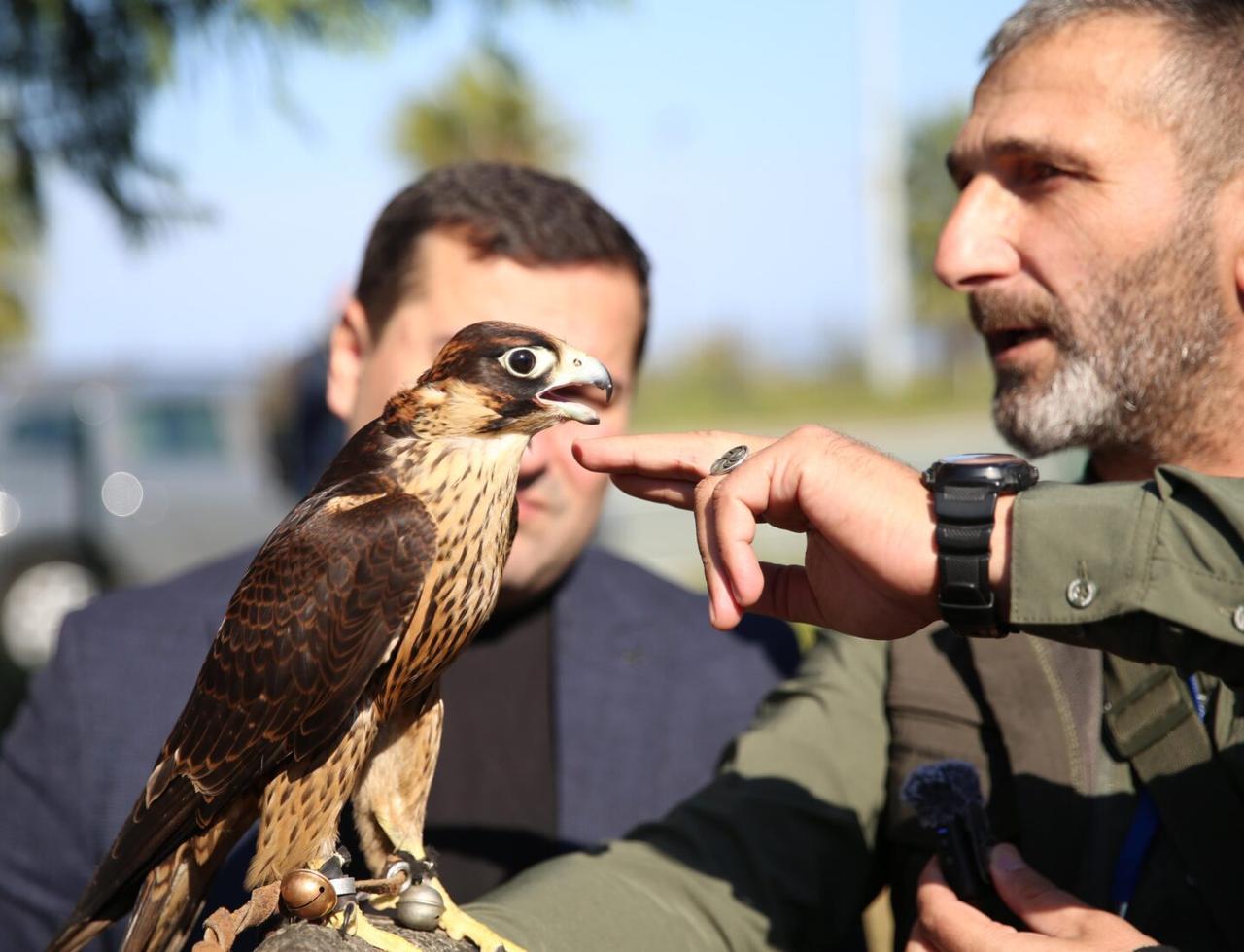
The strongest centers of practice form a coastal corridor that runs from Rize eastward through places such as Cayeli, Pazar, Ardesen, Findikli, Arhavi and Hopa to the Georgian border.
Among favored high points, locals often name Isina Hill above Arhavi, where several clearings overlook the migration path.
Sources note that while formal falconry with larger falcons faded in much of the country, sparrowhawk falconry endured in this one region—woven into music, verse, and daily life.
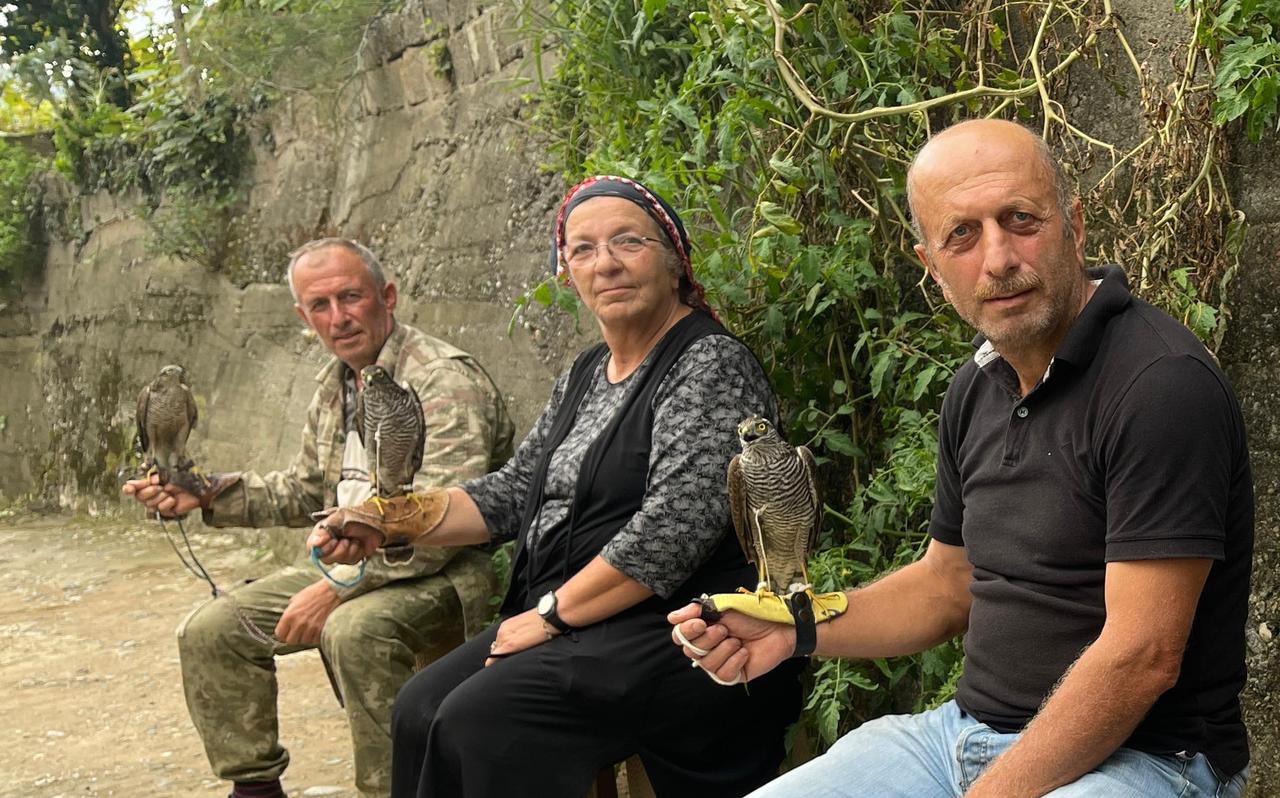
Women take an active role in many households, from care and feeding to preparing quail after a successful hunt.
Their participation helps pass down skills and values within families, sustaining the culture beyond any single season.
Past decades saw controversial tools—like “torba ag” bag-nets hung from trees or walls—criticized for the risk they posed to non-target raptors; local conservationists campaigned against them, and their use largely faded.
Awareness efforts and nature-conservation programs created new common ground between practitioners and officials, helping to steer traditions toward gentler, more selective methods.
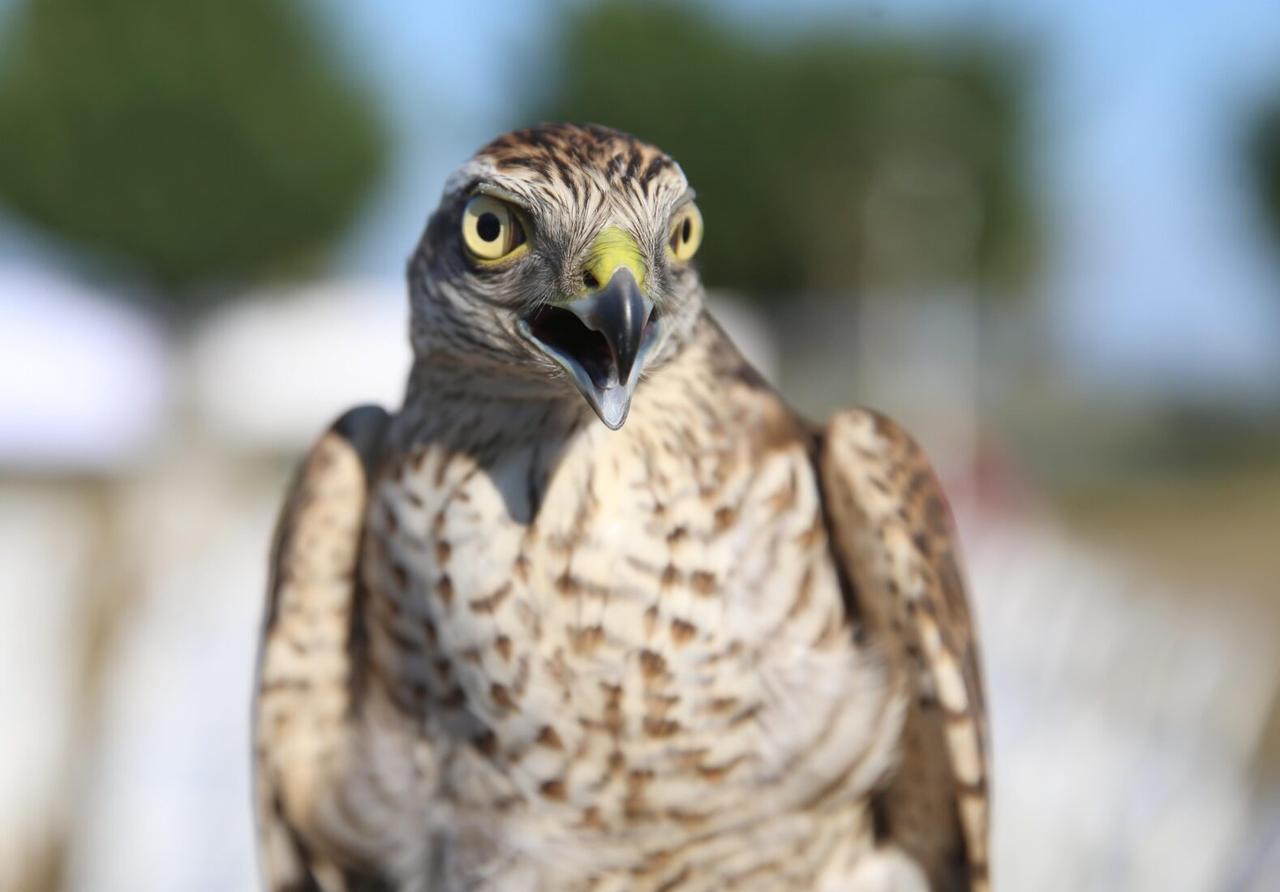
Habitat loss, urban growth and a waning interest among younger generations now test the resilience of sparrowhawk falconry.
Local associations and municipalities work to safeguard woodland clearings and migration lookouts, while community-led events, museum displays and cultural parks—such as the large sparrowhawk statue at the entrance of Firtina Valley in Ardesen—signal pride in a craft that locals hope to keep in step with nature.